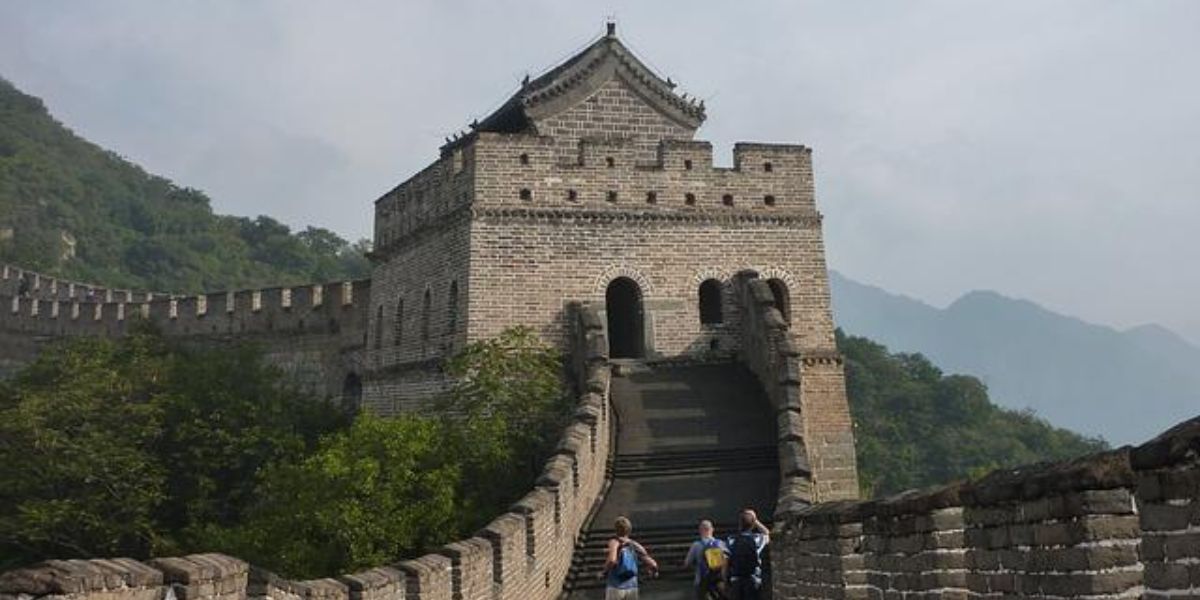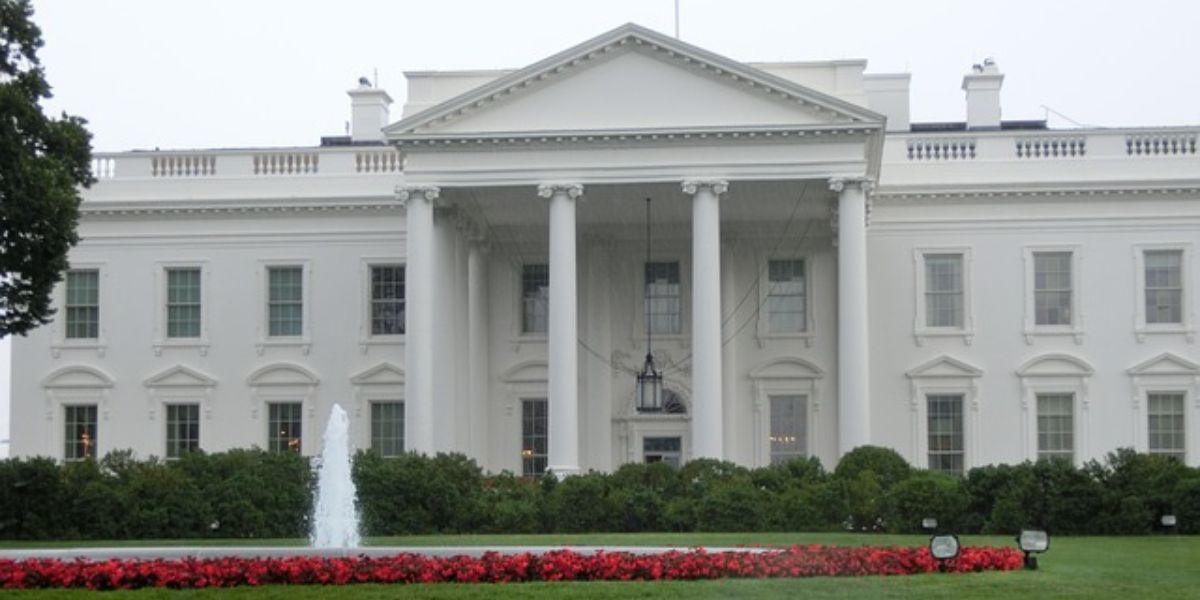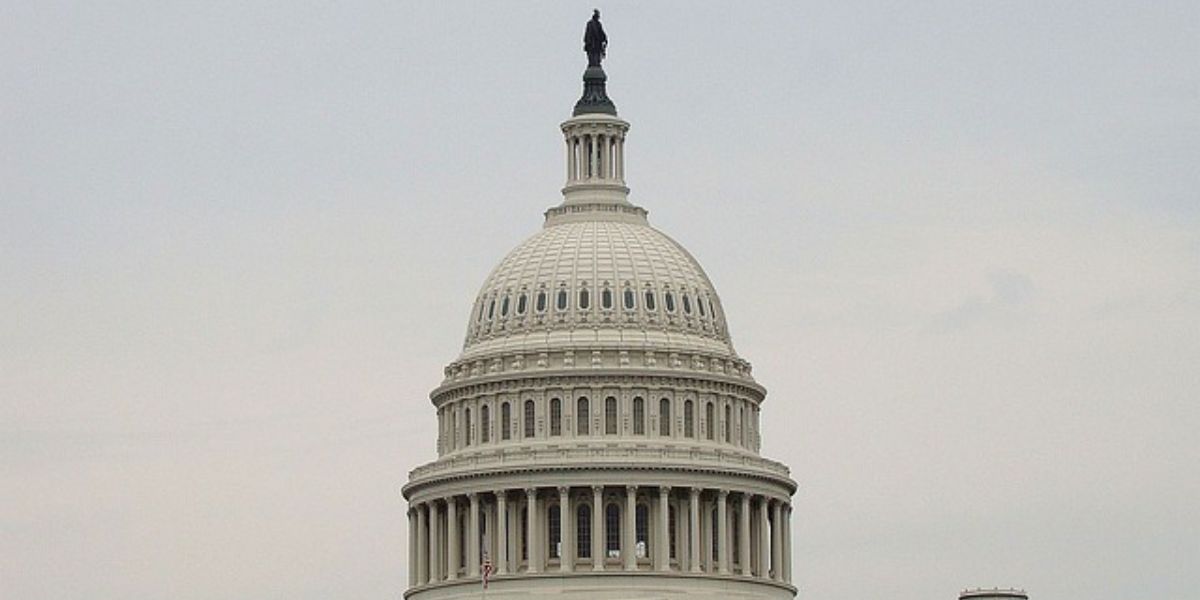On 30 October 2017, the State Council executive meeting decided to abolish the business tax, which has been in force for over 60 years and decided to put an end to the provisional regulations on business tax and revise the provisional regulations on value-added tax (VAT).
Premier Li Keqiang said, as the overall promotion of the VAT reform was consolidated by legislation, the business tax comes to an end.
“In order to consolidate and expand the achievement of the VAT reform in tax reduction, relevant laws and regulations should be amended accordingly,” he added.
Rintaro Tamaki, deputy secretary-general of the Organization for Economic Cooperation and Development (OECD), said that despite various difficulties, China has effectively guarded against possible risks and made remarkable achievements in its VAT reform.
Statistics revealed that the VAT reform has not only released tax burden in all sectors but also effectively expanded the tax base. By now 1.7 trillion Yuan ($257 billion) accumulated tax has been reduced for enterprises and the monthly increase of the number of tax payers in four major industries – construction, real estate, finance and services – reached 140,000 in 2017.
“The process should be streamlined for taxpayers with the use of information technology. There should also be a crackdown on illegal activity, such as tax evasion,” Li said, as he called for more research on a standard VAT rate.
On 30 October 2017, the meeting passed a draft that puts an end to the regulation on business tax collection and rectified that of the value-added tax to reinforce VAT reform.
China’s tax rate structure was reduced from four tiers to three in July – now simply 6 percent, 11 percent and 17 percent – while the levy on farm produce, tap water and books was reduced from 13 percent to 11 percent.
In meeting it was announced that duties on the sale of imported goods such as grains and animal feed would also be lowered from 13 percent to 11 percent, while transitional policies for other sectors remained unchanged.















